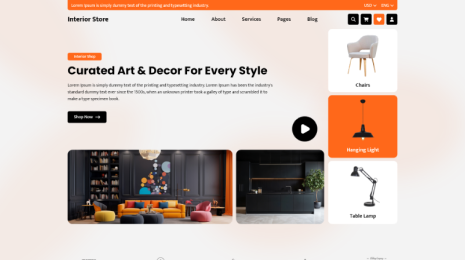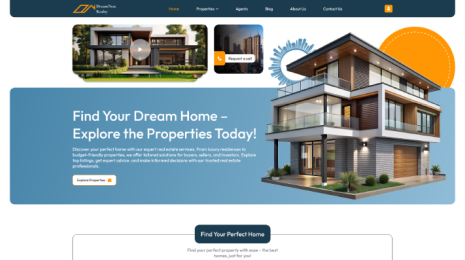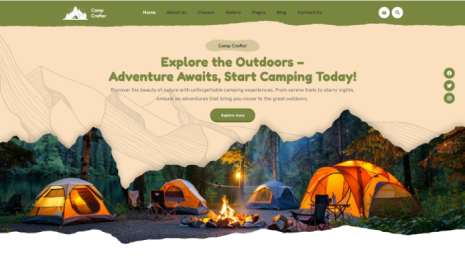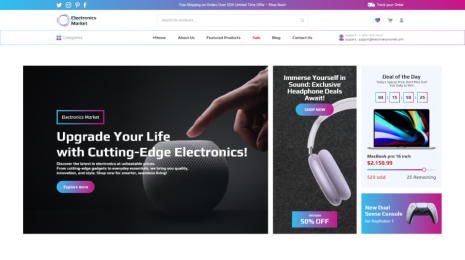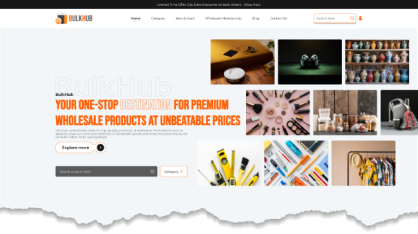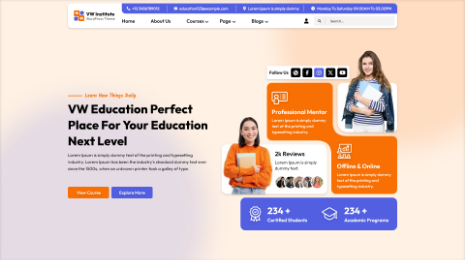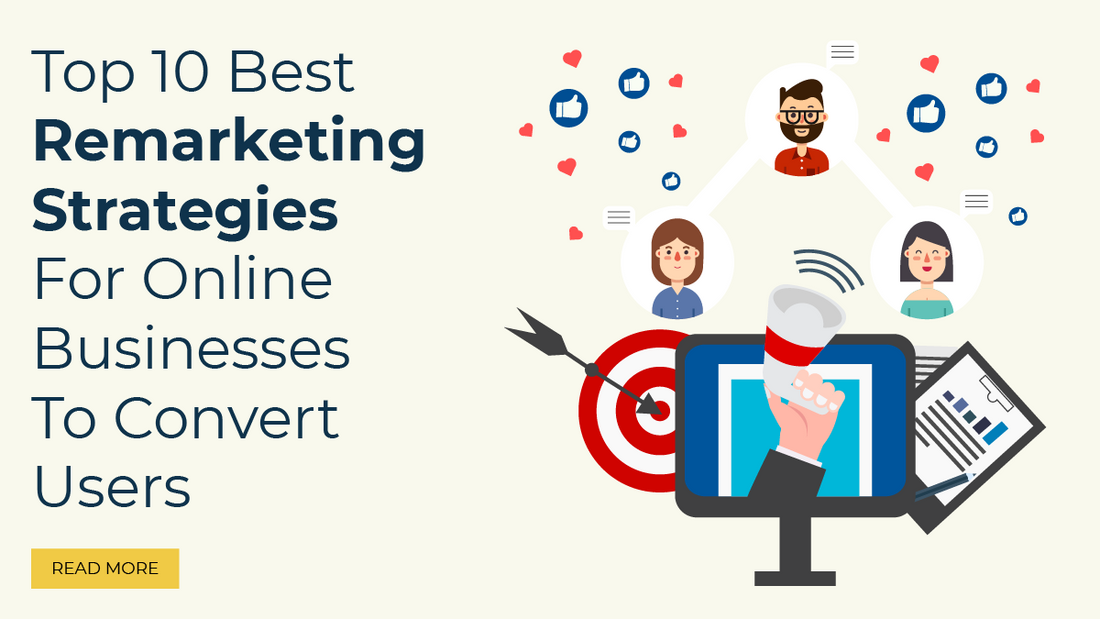
Introduction
In this article, we'll go in-depth on the best remarketing strategies in addition to what it takes to succeed with them.
The process by which internet advertisers "re-deliver" ads to you according to your prior online contacts with their business is called remarketing (also known as retargeting).
It depends on the idea that people who are familiar with a brand are more inclined to respond to its advertising. Online advertisements can market again to somebody who has already browsed a software product page in an effort to convince them to return and register for a trial version for free.
You've found the ideal site when you're seeking support for the best remarketing strategies. We'll go through 10 remarketing strategies for online businesses to convert users.
10 remarketing strategies for online businesses

1. Which pages are you identifying in your remarketing strategy

Choosing which internet pages to tag is one of the key components of a successful remarketing strategy. This is true no matter whether you're using a third-party remarketing solution, an advertising remarketing code, or a Google Analytics remarketing code for tracking your website.
Because these are the pages that you're basing your entire advertising strategy around, choosing what page you want to tag is closely connected to your marketing goals.
Let's assume your business aims to produce 20% more leads in the next 30 days. You can choose to tag bounced users from your three top lead-generating landing pages (and remarket to them). There would probably be people in attendance who would increase leads quickly. Select each of the three pages to tag for the given campaign.
Alternatively, when your business needs to grow its sales by 5%, you can decide to identify the pages of your most popular products.
2. Split apart your remarketing initiatives in your remarketing strategy

Don't treat every visitor to your web page equally. Segment your best remarketing strategies to better address the desires and requirements of your target audience. How aggressive and nurturing your retargeting should be will depend on how long the visitor stays on your website, the amount of content they view, and which pages they view.
Users can design various call-to-action buttons (CTAs) for each divided ad group, each of which leads to websites with specific goals in mind. To guide potential clients towards a sale, track your percentage of conversions and develop process segments.
3. Make numerous ad sizes with matching graphics and copy for remarketing
You ought to definitely create ad creatives for every network ad size, in my opinion.
By doing this, you can be sure that your advertisement will be permitted to appear on all relevant Google Ad Network websites. In simple terms, it maximizes the audience for your message and enables you to follow visitors to more of their most popular websites.
4. Best remarketing strategies: increase the price for conversion and the shopping cart gives up
If someone has visited specific landing pages, it suggests they are more invested in your company and its offerings. This includes traffic that was abandoned in shopping carts and on pages designed to generate leads, such as seminars and ebooks.
Once they've gone, it's necessary to keep nagging those lost leads to return so you can complete the conversion process.
Increase the amount you spend on advertisements and reduce frequency limiting on conversion landing pages to modify your advertising price strategy so you can spend greater amounts on your warmer traffic.
5. Best remarketing strategies: Reduce prices for visits to the homepage and pages that fail to convert
Conversely, reduce your advertising budget for visitors who leave your homepage and additional details pages after reading them. You should still make an effort to get a visitor back when they are still in the sales funnel "checking you out" stage. But they typically aren't worth the same to your business just yet.
Use advertising campaigns to direct non-converting traffic to your website's blog, information sites, or landing pages with a soft CTA (like an online class or ebook download).
To improve your return on investment from the best remarketing strategies, spend a comparable amount on your first-time customers.
6. Provide discounts on a product page to frequent visitors
To motivate a lost shopper to visit your product page again, offer coupons and discounts. An online shopper who has gone to a certain product page after visiting your store is probably ready to make a purchase. They exited your sales process for any number of reasons (they got sidetracked, the price was too high, they were doing comparisons of costs, etc.). This is the perfect time to market again to those who did not purchase and provide a coupon.
Wherever they are online, your prospective client can see your exclusive offer. You have an increased likelihood of selling to that person and converting them. Additionally, businesses increase the visibility of their brand and start to build a base of loyal consumers.
Provide discounts for attracting leads, such as regular or repeat visitors to your website. Remarket to this subdivided list with a coupon of (say) 25% off the first item they buy when someone, for example, clicks on the top of your website, visits your "about" page and browses through the goods on your pages.
7. Prioritise learning and content over direct sales
Remarketing can help your business by increasing visits to your non-lead-producing landing pages when you have a popular website. Focusing on educating bounced traffic concerning your company, your products, and how we can solve their problems.
Absolutely getting sales and lead numbers is your main goal since they are what cover the costs of advertising. However, by sending potential customers to a "free" website when you aren't expecting anything in return, you increase awareness of your company and nurture lead generation. This preparation frequently results in a higher-priced sale and a more faithful customer when they're ready to convert.
8. Consider Google's remarketing member duration while planning your remarketing campaigns
Choose the timeframe for your best remarketing strategies. Depending on your industry and the campaign that you're running, you're going to follow each visitor for a different amount of time.
You get a default of three months from Google. That's fantastic if, for instance, your goal is to raise brand awareness when you have a longer sales funnel, such as in a B2B setting. But you really could want to change your following to 30 days when you're in a short earnings funnel, like retail, or if you want a sale right away.
9. Take into account Google's frequency limiting
Consider capping your best remarketing strategies by frequency, which is similar to remarketing length. This is the way you control how often your advertisement is shown to your intended customer during the day, week, and month.
Those advertisements that follow everyone around constantly and everywhere have probably captured your attention. You clicked on them, did you? Ever made a purchase from the business? Probably not. Decide on a specific frequency cap that will help your business become well-known to your target audience without driving customers.
Remarketing frequency capping requirements will vary depending on the advertiser:
- Ensure that your advertisement gets seen more often right away when you are an online retailer providing a limited-time coupon.
- When your business focuses on connecting with customers and prospects, you should reduce the frequency of marketing efforts and use longer-term campaigns.
The optimal frequency selections for your business marketing objectives can be found using your analytics.
10. Modify the message in your marketing piece to appeal to non-converting targets
Target non-converting visitors with your advertisements, but switch up your messaging after a set amount of time. Say you have a 30-day best remarketing strategy campaign underway. You're giving first-time purchasers a 25% discount. But you see a decrease in CTRs after 10 days. It's possible that your market has grown tired of seeing the same advertisement from you. Change your ad's message and look to make a statement and reignite interest in your business. You can read our blog on increasing the click-through rate for more information.
It's also possible that your market hasn't responded to your offer, so instead offer no shipping charges to your bounced traffic. Modify the CTA message. Also, modify the way you look.
FAQ
- What exactly is conversion remarketing?
The best remarketing strategy is the practice of interacting with audiences that have already interacted with your company in order to persuade them to carry out an action that may be of interest to them, like converting. Users might visit your website, log in, add items to their shopping carts, and then depart without making a purchase.
- What is a good conversion rate for remarketing?
Retargeted advertising has a 0.7% average CTR, whereas display ads have a 0.07% average CTR. According to these remarketing CTR figures, retargeting campaigns typically top standard display ads by a factor of over ten.
- What is the best way to interact with website visitors who did not convert?
Site retargeting is a type of internet marketing used by companies to re-engage potential clients who did not complete an established action, or "conversion," during their stay on a website. On the internet, retargeted advertisements can be displayed anywhere.
Conclusion
Internet marketers use remarketing to target people with advertisements based on their previous experiences with a brand online. It is predicated on the notion that familiar clients are more likely to react favorably to advertising. Choose which sites to tag or segment your campaigns properly to boost your remarketing efforts.
To improve your ability to meet the needs and preferences of your target audience, divide your remarketing campaigns. Use different Calling to Action (CTAs) that each go to sites with particular objectives for each segmented ad group. To reach as many individuals as possible with your message and track visitors to more well-known websites, create various ad sizes with complementary images and language for remarketing.
By spending more on advertisements and reducing frequency restrictions on conversion page visits, you can raise the cost of conversion and abandonment of shopping carts. By leveraging advertising campaigns to send non-converting visitors to your site's blog, information sites, and landing pages with a soft CTA, you can reduce the advertising spend for visitors to the homepage as well as pages that don't convert.
Offer discounts to devoted customers on pages for products to entice them to make another purchase. To attract prospects who have left the sales process and are prepared to make a purchase, provide coupons and discounts. When you have a well-known website, prioritize learning and information over straight sales by raising visits to non-lead-generating landing pages.
By integrating Premium WordPress themes into your remarketing strategy, you can ensure that your website not only effectively targets previous visitors but also provides an engaging and trustworthy user experience.


